Regulatory Compliance for OEM Tea Manufacturing
Ah, tea. The elixir of life, the comfort in a cup, and the reason many of us can tolerate mornings. But behind every sip of Earl Grey or soothing chamomile lies a labyrinth of rules, regulations, and compliance standards that OEM tea manufacturers must navigate. If you thought brewing the perfect cup was complicated, wait until you dive into the world of tea manufacturing compliance. Buckle up, tea enthusiasts this is going to be steeped in wit and wisdom.
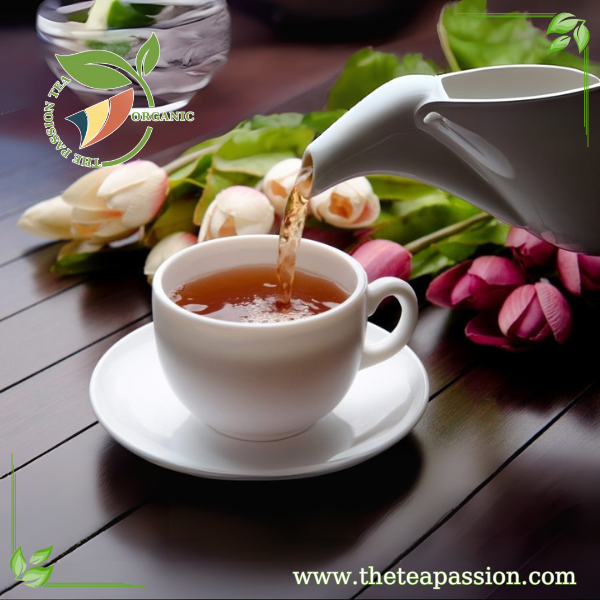
What’s Brewing in Regulatory Compliance?
OEM (Original Equipment Manufacturer) tea manufacturing is no walk in the park or should we say no stroll through a tea plantation? It’s a delicate dance of producing high-quality teas for brands while staying firmly within the boundaries of legal requirements. From sourcing ingredients to labeling, every step comes with its own set of rules. And trust me, these rules are not as simple as “don’t spill the tea.”
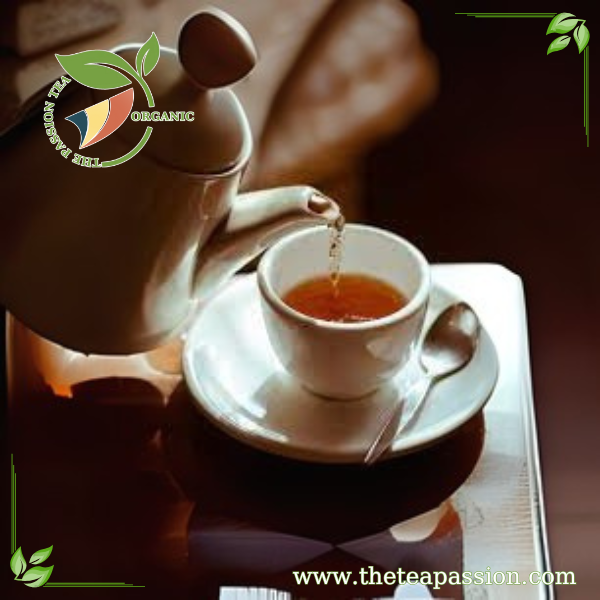
Don’t Mess with Mother Nature
Let’s start at the very beginning sourcing those precious tea leaves. Whether it’s black tea, green tea, or herbal blends, OEM manufacturers need to ensure their ingredients are sourced ethically and sustainably. But it’s not just about hugging trees and saving pandas; there are actual regulations in place.
For example, many countries have strict rules on pesticide residues and contaminants in tea leaves. If your tea contains more chemicals than a high school chemistry lab, you’re in trouble. And if you’re importing exotic ingredients like hibiscus or lemongrass, be prepared for customs inspections that rival airport security checks. Pro tip: Always check your suppliers’ certifications, because nothing ruins a business faster than a scandal involving questionable tea leaves.
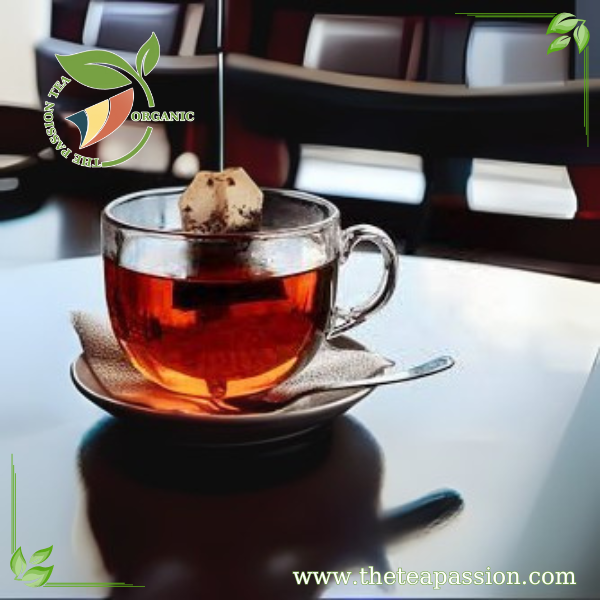
The Art of Following Rules
Once you’ve got your ingredients sorted, it’s time to turn them into the magical brew we call tea. But wait did you sanitize your equipment? Is your factory up to code? Are your workers wearing hairnets? Regulatory agencies are like hawks when it comes to production standards.
In many countries, food safety laws require manufacturers to adhere to Good Manufacturing Practices (GMP). This means everything from maintaining clean facilities to ensuring proper storage temperatures. And don’t even think about cutting corners; one poorly handled batch could lead to recalls, fines, or worse a bad Yelp review.
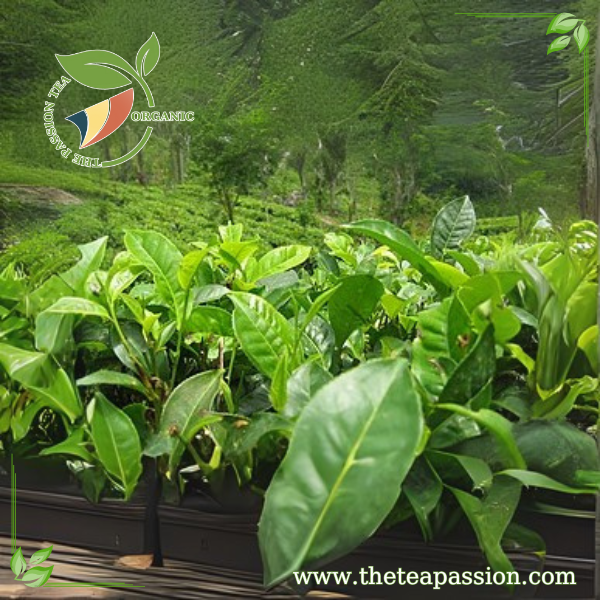
The Fine Print That’s Not So Fine
Ah, the label the tiny piece of paper that holds so much power. If you thought designing a tea label was all about picking pretty fonts and pastel colors, think again. Regulatory compliance for labeling is no joke.
First, you need to list every ingredient accurately. No sneaky omissions or vague terms like “natural flavors” (unless you want the FDA knocking on your door). Then there’s allergen information because no one wants to accidentally ingest something they’re allergic to while sipping their morning tea.
But wait, there’s more! Country-specific regulations might require nutritional information, health claims disclaimers, or even warnings for pregnant women. If you’re exporting globally, prepare for the headache of translating labels into multiple languages while adhering to different countries’ rules. It’s like trying to solve a Rubik’s Cube blindfolded.
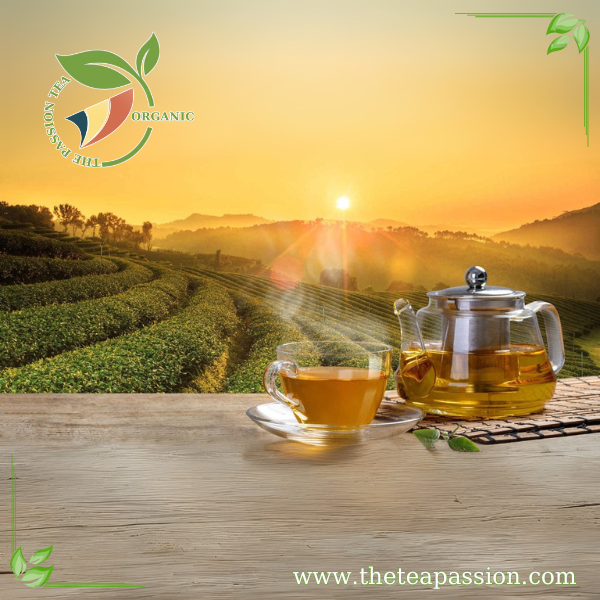
The Fancy Seals of Approval
In the world of tea manufacturing, certifications are like gold stars on your report card they show everyone you’re doing things right. Organic certifications, Fair Trade labels, and sustainability seals can boost your brand’s credibility and consumer appeal.
But earning these certifications isn’t as simple as slapping a sticker on your packaging. Organic certification involves proving that your tea is grown without synthetic fertilizers or pesticides. Fair Trade certification requires meeting ethical labor standards. And sustainability seals demand evidence that you’re not wrecking the planet. It’s a lot of paperwork, but hey nothing worth having comes easy.
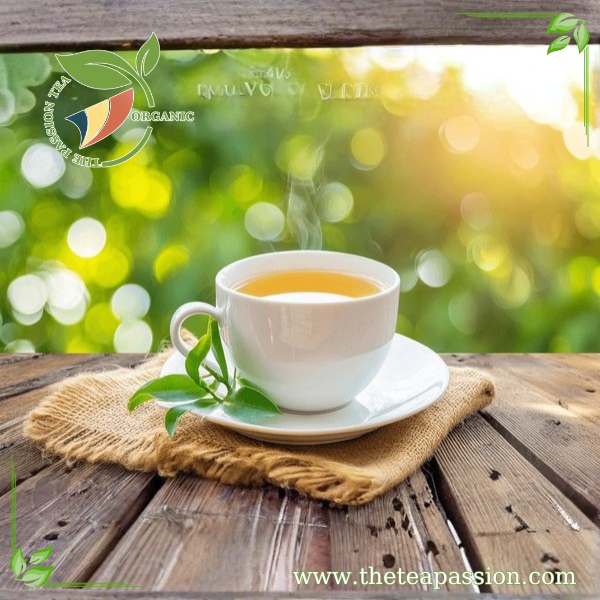
Crossing Borders with Caution
If you’re an OEM tea manufacturer with dreams of global domination (or at least selling your tea in more than one country), brace yourself for export regulations. Every country has its own rules about importing food products, and they’re not always logical.
For instance, some countries have strict limits on caffeine content in teas (sorry, matcha lovers). Others might require additional testing for contaminants or microbiological safety. And don’t forget tariffs because apparently, governments think taxing tea is still trendy after all these centuries.
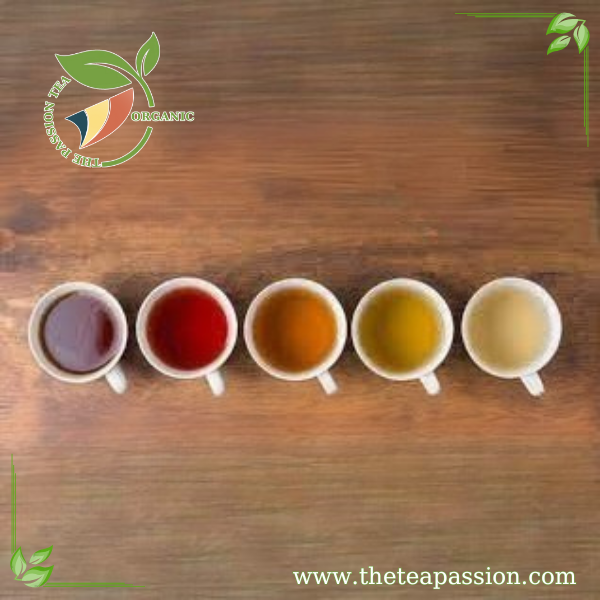
Navigating export compliance is like playing chess with customs officials strategy is key, and one wrong move could cost you dearly.
Embrace Technology and Expertise
Let’s face it: regulatory compliance is complicated, exhausting, and occasionally infuriating. But it’s also non-negotiable if you want to succeed in OEM tea manufacturing. The good news? You don’t have to do it alone.
Investing in compliance management software can help you keep track of regulations, deadlines, and certifications without losing your sanity. And hiring experts whether it’s food safety consultants or legal advisors can save you from costly mistakes. Think of them as your regulatory Sherpas guiding you through the mountains of paperwork.
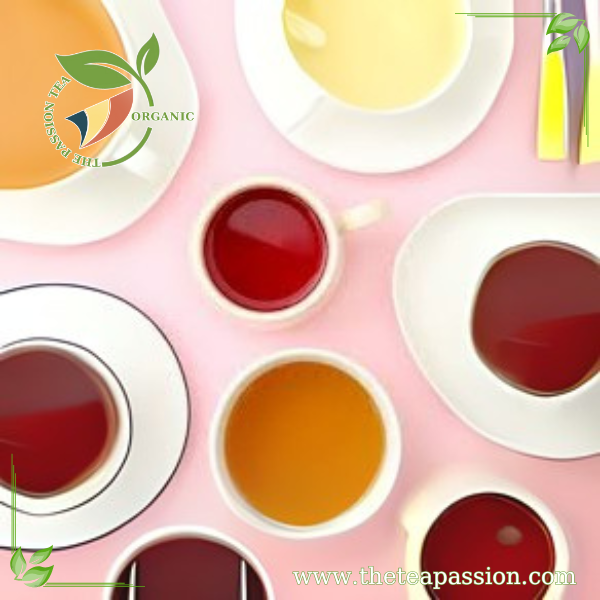
A Sip of Wisdom Before You Go
OEM tea manufacturing may be a business wrapped in rules and regulations, but it’s also an opportunity to create something truly special. By staying compliant, you’re not just avoiding fines you’re building trust with consumers who rely on your brand for their daily dose of happiness in a cup.
So next time you find yourself drowning in compliance paperwork or deciphering labeling laws, take a deep breath and remember: You’re not just making tea you’re making magic happen. And if all else fails, brew yourself a cup and let the soothing aroma remind you why you started this journey in the first place.
Cheers to conquering the regulatory maze with wit, wisdom, and a whole lot of caffeine!
